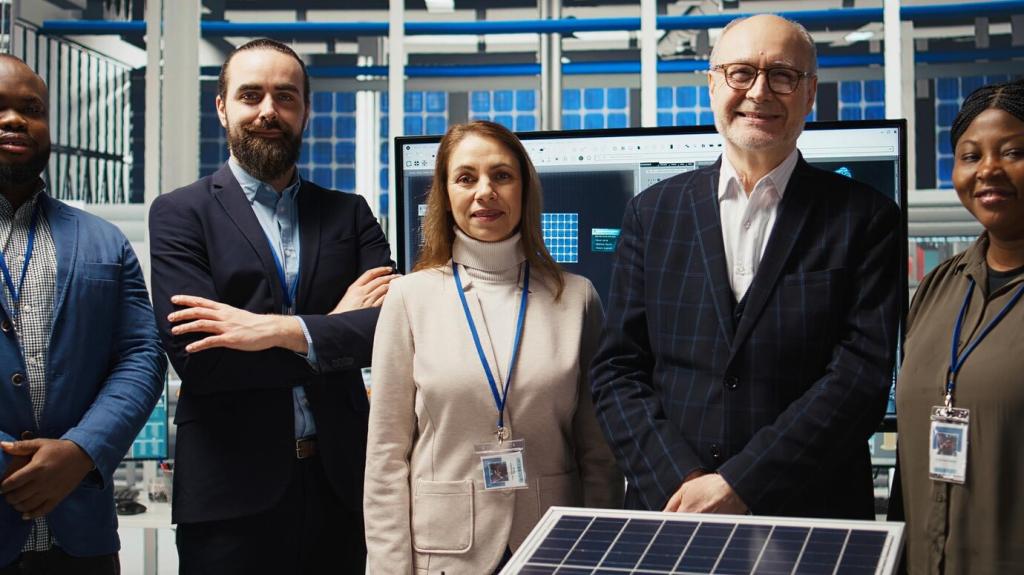
Emerging Trends in Sustainable Home Automation
Sustainable home automation represents the intersection of cutting-edge technology and environmentally conscious living. As society becomes more eco-aware, homeowners and innovators seek solutions that not only provide convenience and security but also minimize environmental impact. This evolving field leverages recent advances in smart devices, renewable energy, and data-driven management to create homes that are both efficient and responsive to the world around them. The integration of automation with sustainability is shaping the future of residential living, offering promising pathways for reducing carbon footprints and energy costs while enhancing everyday comfort.
Solar Panel Management and Optimization
Solar panel integration is becoming increasingly sophisticated thanks to smart controllers and energy management algorithms. These systems monitor sunlight intensity, weather forecasts, and household energy consumption, automatically adjusting charging and discharging cycles for battery storage. By predicting optimal times for energy capture and use, smart homes can maximize the efficiency of solar systems, storing surplus power for nighttime or cloudy days and even selling excess energy back to the grid, further promoting local energy sustainability.
Automated Load Balancing
As renewable energy resources are intermittent by nature, automated load balancing is essential for maximizing their usage. Advanced home automation systems dynamically prioritize the use of appliances based on energy production forecasts and current storage levels. High-demand devices like water heaters or EV chargers may be scheduled to operate when solar or wind energy peaks, while less critical loads are deferred. This ensures that renewable energy is utilized to its fullest extent, reducing the home’s reliance on non-renewable power sources without compromising comfort or convenience.
Intelligent EV Charging Integration
Smart homes increasingly feature intelligent electric vehicle (EV) charging solutions that synchronize with both renewable energy production and grid demand. These systems monitor when excess solar or wind power is available and initiate charging sessions accordingly, minimizing the carbon footprint of transportation. Additionally, they consider utility rate fluctuations and household consumption, ensuring vehicles are charged with cleanest, cheapest power. This holistic approach enables homeowners to use their EVs as mobile storage units during peak renewable generation, bringing sustainability full circle.
Advanced Energy Management and Efficiency
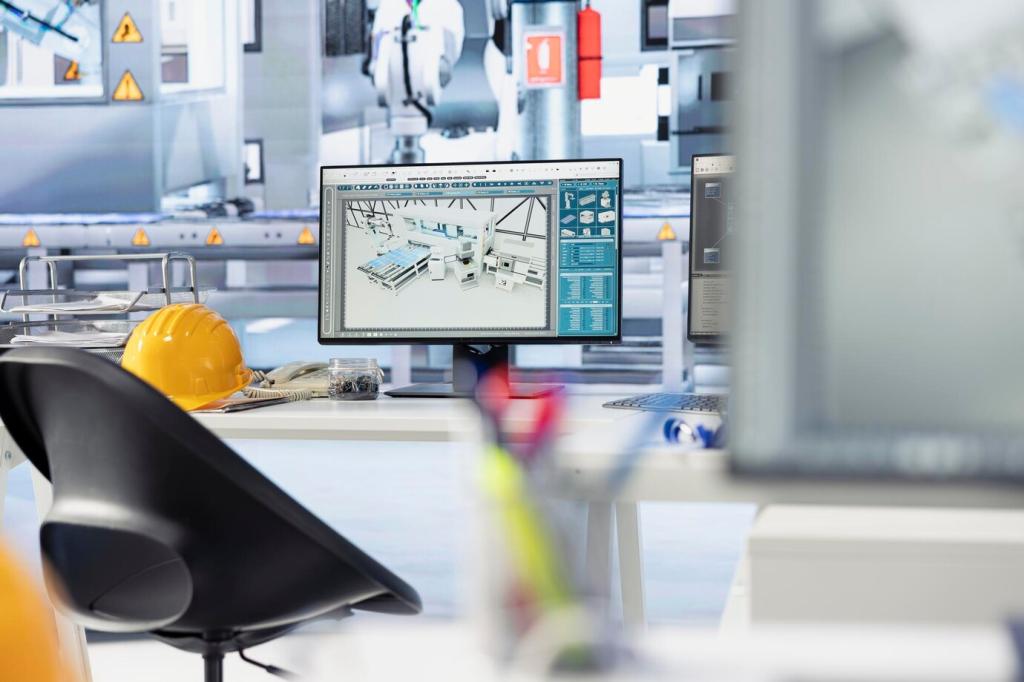
AI-Powered Consumption Analytics
Artificial intelligence now propels energy efficiency in smart homes by analyzing vast amounts of consumption data. Learning from daily routines, occupancy patterns, and historical usage, smart systems recommend personalized adjustments, such as lowering thermostat settings when a room is unoccupied or dimming lights during daylight hours. Over time, these algorithms refine their recommendations, ensuring minimal energy waste fits each household’s unique lifestyle. The adaptability and continuous learning capabilities of AI are setting new standards in residential sustainability.

Real-Time Monitoring and Alerts
Modern automation solutions feature real-time monitoring of electricity, water, and gas usage, accessible through user-friendly dashboards and mobile apps. When abnormal consumption or leaks are detected, the system promptly sends alerts, allowing for swift corrective action. This immediate feedback loop empowers residents to make conscious decisions, track progress toward sustainability goals, and prevent costly resource losses, ultimately leading to more responsible and eco-friendly household management.
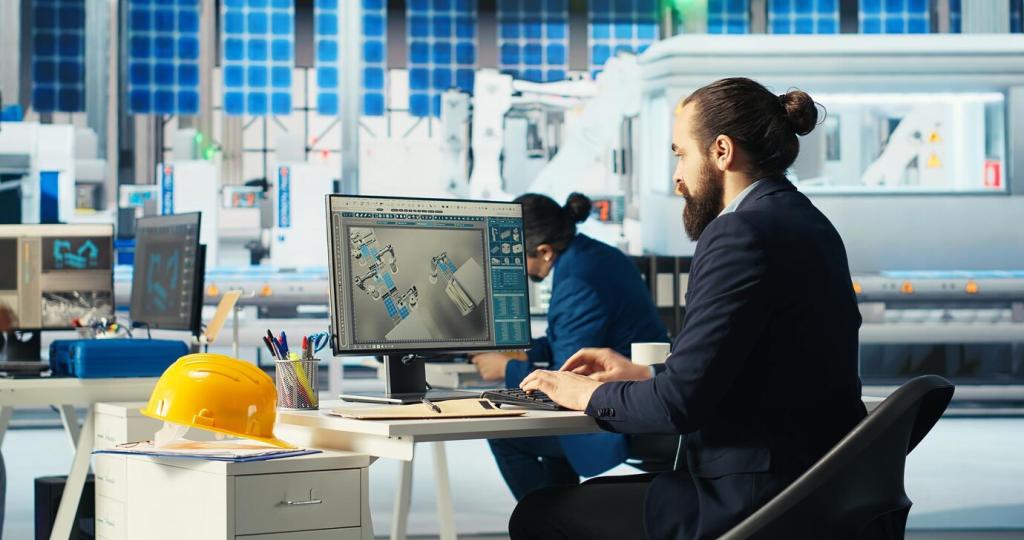
Smart Appliance Scheduling
Automated scheduling for appliances now takes into account not just user preferences, but also time-of-use energy rates and local renewable generation. Dishwashers, washing machines, and HVAC systems can be programmed to run during periods of lower environmental impact and utility cost. Advanced scheduling ensures that energy-intensive tasks are performed efficiently, leveraging clean energy when available and reducing overall utility expenses, all while maintaining residents’ desired comfort levels.
Water Conservation Through Automation
Automated leak detection uses a network of sensors strategically placed near vulnerable plumbing points, such as under sinks or near water heaters. When an unusual flow is detected, the system immediately notifies homeowners and can even shut off valves to prevent major water loss. This not only averts costly damage but also ensures water conservation. Smart leak detectors are now integrated with broader home automation ecosystems, providing real-time data and historical trend analysis for proactive maintenance.
Previous
Next
Recyclable and Biodegradable Device Housings
Manufacturers increasingly use recyclable plastics, bamboo, and biodegradable composites in the production of smart home devices. By replacing traditional, petroleum-based materials with sustainable options, the environmental footprint of each device is significantly reduced. These housings not only lower resource consumption during production but also facilitate easier recycling, aligning seamless automation functionalities with green design principles that champion global sustainability efforts.
Low-Impact Manufacturing Processes
Sustainable home automation devices are now designed with an emphasis on reducing emissions and waste throughout manufacturers’ supply chains. Innovations include cleaner assembly practices, the use of non-toxic components, and the implementation of renewable energy at production sites. The adoption of such practices greatly diminishes the life-cycle impact of each device, from mining raw materials to assembly and shipping. The result is a new generation of products that look beyond just their utility and focus on their overall responsibility to the environment.
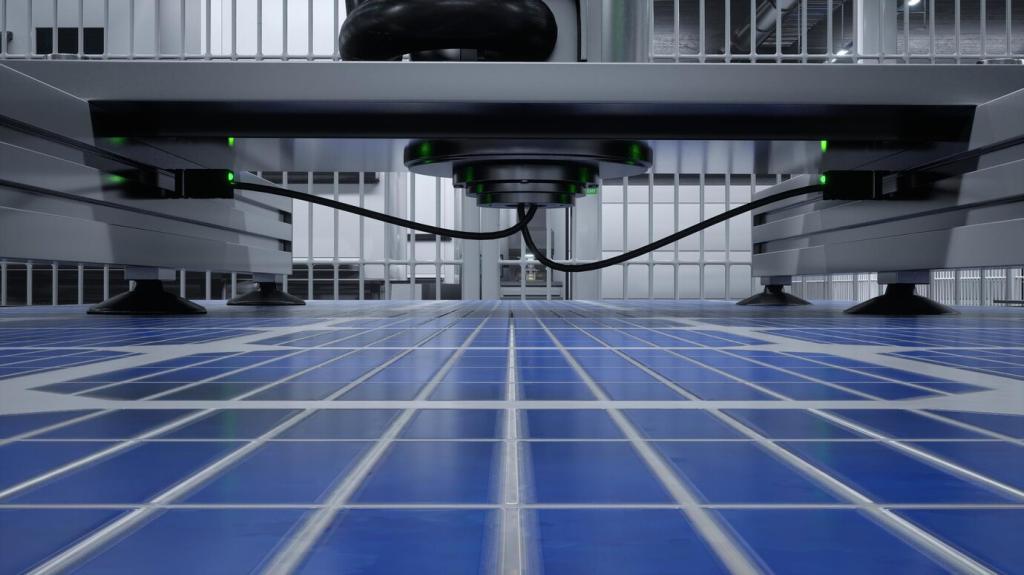
Circadian Rhythm Lighting Controls
Automated lighting systems now incorporate circadian rhythm controls, automatically adjusting color temperature and brightness throughout the day to mimic natural sunlight. This not only saves energy by adapting intensity based on available daylight but also supports better sleep cycles and overall wellness. Circadian lighting is managed via seamless integrations with other smart home systems, ensuring energy efficiency and a harmonious living environment that promotes both ecological and personal health.
Occupancy-Based Automation
Occupancy sensors embedded throughout the house ensure that lights only operate when and where needed. By detecting motion or the presence of people in a room, these systems automatically turn off unnecessary lights, dramatically reducing electricity usage. Advanced configurations allow for personalized lighting scenes based on individual habits and preferences, maximizing both efficiency and comfort while minimizing wastage—a balance that is at the heart of sustainable automation.
Integration with Renewable Power Sources
Smart lighting systems can now be programmed to prioritize renewable energy use, automatically shifting to “eco mode” during periods of limited solar or wind generation. Such integrations ensure that households make the most of self-generated clean energy, adapting their lighting schemes in line with available resources. This level of coordination between lighting control and renewable technology means that even aesthetic choices like ambiance and mood can contribute to an overarching sustainability strategy.
Health, Wellness, and Indoor Air Quality Automation
Smart sensors continuously monitor pollutants, allergens, and CO2 levels indoors, instantly notifying homeowners of any issues. When poor air quality is detected, integrated automation systems activate air purifiers, adjust ventilation rates, or delay the use of certain appliances to improve indoor conditions. The result is a safer, healthier home environment, where energy-conscious measures work synergistically with wellness goals to deliver fresh air without unnecessary resource expenditure.
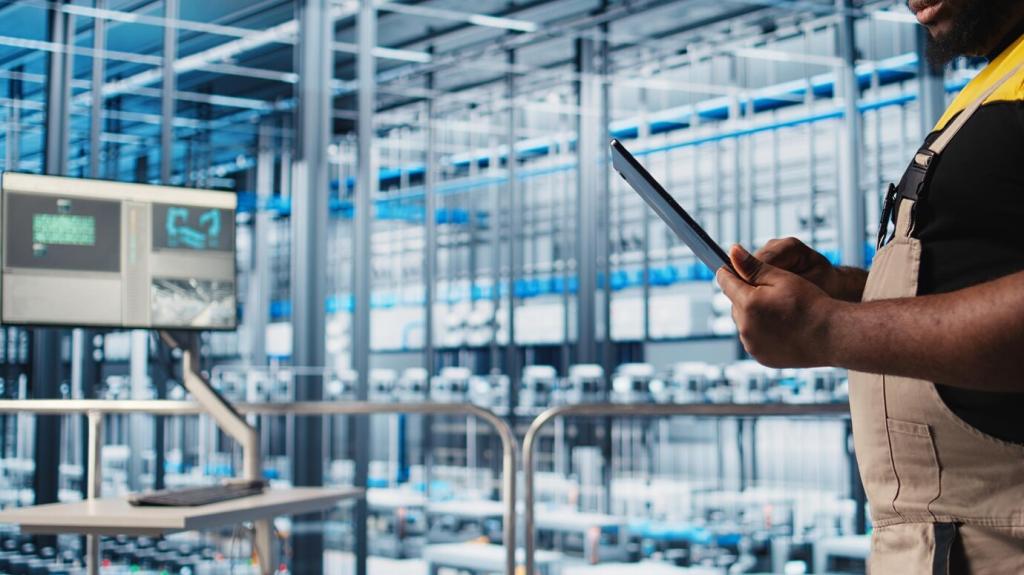
Privacy-Centric System Design
Automation platforms are being reimagined with privacy at their core, giving homeowners granular control over data collection and transmission. Edge computing keeps processing on-site rather than in cloud servers, reducing vulnerabilities and carbon footprint associated with large data centers. Transparent data practices reassure users that their energy-saving efforts are accompanied by robust privacy measures, building trust in emerging smart home ecosystems.
Enhanced Cybersecurity for Smart Devices
Cybersecurity is now an essential element in sustainable home automation, with developers implementing advanced authentication protocols, secure firmware updates, and real-time threat monitoring. By hardening smart devices against cyberattacks, residents can confidently adopt new technologies without fear of exposing themselves to risks. Secure systems not only protect privacy but ensure that automation continues to function reliably in pursuit of sustainability goals.
User-Centric Controls and Consent
The next wave of automation gives users comprehensive, intuitive controls to customize privacy and data-sharing preferences. Interfaces are designed for transparency, allowing residents to opt into sustainability features while restricting unnecessary data access. This approach places the homeowner at the center of the automation experience, ensuring that the path to a smarter, greener home is guided by informed consent and respect for individual autonomy.
